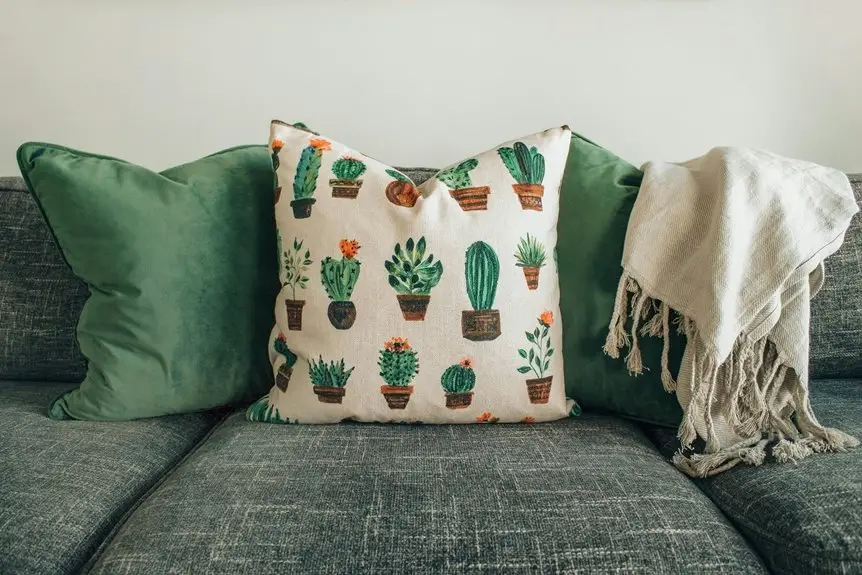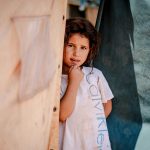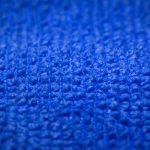Have you ever wondered why some fabrics seem to thrive in the pouring rain while others quickly become uncomfortable? Understanding the essential fabrics for monsoon season can make all the difference in your comfort and survival. From lightweight natural options to moisture-resistant synthetics, the right choices can keep you dry and at ease. Let’s explore what materials will best suit your needs during those humid, rainy days ahead.
Table of Contents
Key Takeaways
- Choose moisture-resistant fabrics like nylon and polyester to stay dry and comfortable during heavy rains.
- Opt for quick-drying materials such as microfiber and spandex to avoid discomfort from dampness.
- Select breathable natural fabrics like cotton and linen for better air circulation and sweat absorption.
- Look for versatile fabric blends, like cotton-polyester, for durability and easy styling in various weather conditions.
- Consider waterproof options like Gore-Tex for outdoor activities, ensuring protection from rain while maintaining breathability.
Natural Fabrics: Embracing Comfort and Breathability
When the monsoon season hits, opting for natural fabrics can make all the difference in your comfort.
Choosing natural fabrics during monsoon enhances comfort and keeps you cool amidst the humidity.
Cotton and linen are top choices, as they’re lightweight and breathable, allowing air to circulate and moisture to evaporate quickly. You’ll appreciate how these fabrics feel against your skin, especially on humid days.
Choose loose-fitting styles to enhance airflow; this helps you stay cool and dry. Plus, natural fabrics tend to absorb sweat, keeping you comfortable while you navigate the rain-soaked streets.
Don’t forget about organic cotton, which is even softer and eco-friendly. Embracing these materials not only elevates your comfort level but also adds a touch of style to your monsoon wardrobe.
The Role of Synthetic Fabrics in Monsoon Wear
While natural fabrics excel in comfort, synthetic fabrics play an essential role in monsoon wear by offering durability and water resistance. These materials are designed to withstand the challenges of rainy weather, ensuring you stay dry and comfortable.
Here are some key advantages of synthetic fabrics for the monsoon season:
- Quick-drying: They dry faster than natural fabrics, reducing discomfort from dampness.
- Water-resistant: Many synthetic fabrics repel water, keeping you protected from sudden downpours.
- Lightweight: They’re often lighter, making them easy to layer without feeling bulky.
- Stain-resistant: Synthetic materials resist stains, which is great for muddy conditions.
- Versatile styles: Available in a wide range of styles and colors, they can suit any occasion.
Embrace these fabrics to enhance your monsoon wardrobe!
Moisture-Resistant Options for Rainy Days
As the rain pours down, having the right moisture-resistant options can make all the difference in staying comfortable and stylish. Look for fabrics that repel water while allowing breathability, so you won’t feel clammy.
Here’s a quick overview of some great moisture-resistant materials:
| Fabric Type | Benefits | Best Uses |
|---|---|---|
| Nylon | Lightweight, durable | Jackets, raincoats |
| Polyester | Quick-drying, UV resistant | Activewear, casual wear |
| Gore-Tex | Waterproof, breathable | Outdoor gear, footwear |
| Microfiber | Soft, water-repellent | Travel gear, accessories |
With these options, you can face the rain confidently, knowing you’ll stay dry and chic, no matter the weather!
Quick-Drying Fabrics for Continuous Comfort
If you want to stay comfortable during the monsoon season, quick-drying fabrics are essential.
These materials help you avoid that clingy, damp feeling that can ruin your day. When you choose clothing made from quick-drying fabrics, you can stay dry and comfortable, no matter how unpredictable the weather gets.
Stay dry and comfortable with quick-drying fabrics, ensuring you’re ready for any unpredictable weather during the monsoon.
Here are some great options to evaluate:
- Polyester: Lightweight and moisture-wicking, perfect for active days.
- Nylon: Strong, durable, and dries quickly, ideal for outdoor adventures.
- Microfiber: Soft and breathable, it offers a smooth feel against your skin.
- Spandex: Provides stretch and support, making it ideal for fitted styles.
- Bamboo: Naturally moisture-wicking and eco-friendly, keeping you fresh.
Embrace these fabrics for a more enjoyable monsoon experience!
Versatile Fabric Blends for All Occasions
When you’re steering through the unpredictable monsoon season, having versatile fabric blends in your wardrobe can make all the difference.
Look for blends like cotton-polyester or rayon-spandex; they’re lightweight yet durable, perfect for those sudden downpours. These fabrics wick moisture away while providing stretch for comfort, allowing you to move freely, whether you’re heading to work or enjoying a weekend outing.
You can easily dress them up or down, making them suitable for any occasion.
Pair a cotton-polyester shirt with waterproof trousers for a casual look, or dress it up with a stylish jacket for a night out.
Frequently Asked Questions
Which Fabrics Are Best for Heavy Rainfall?
When facing heavy rainfall, you’ll want fabrics like waterproof nylon or treated polyester. These materials repel water, keeping you dry while remaining lightweight and breathable, ensuring comfort even during the heaviest downpours. Stay prepared!
How Do I Care for Monsoon Fabrics?
To care for your monsoon fabrics, wash them gently in cold water, avoid harsh detergents, and air dry them to prevent damage. Regular maintenance keeps them fresh and ready for the next rainy adventure.
Are There Eco-Friendly Fabric Options for Monsoon?
You’d think eco-friendly fabrics wouldn’t fare well in monsoons, but think again! Organic cotton, hemp, and bamboo thrive in rainy conditions. They’re breathable, quick-drying, and kind to the planet—perfect for your monsoon adventures!
Can I Wear Denim During the Monsoon?
You can wear denim during the monsoon, but it’s not ideal. Denim absorbs water, making it heavy and uncomfortable. Opt for lighter, quick-drying fabrics to stay dry and comfortable while enjoying the rainy season.
What Colors Should I Avoid in Monsoon Clothing?
You should avoid dark colors like black and navy during the monsoon, as they absorb heat and can make you uncomfortable. Instead, opt for lighter shades that reflect sunlight and help keep you cool.
- The History and Evolution of Chamois Fabric - June 22, 2025
- Chamois Fabric on Wikipedia: What You Need to Know - June 22, 2025
- How to Pronounce Chamois Fabric Correctly - June 22, 2025







